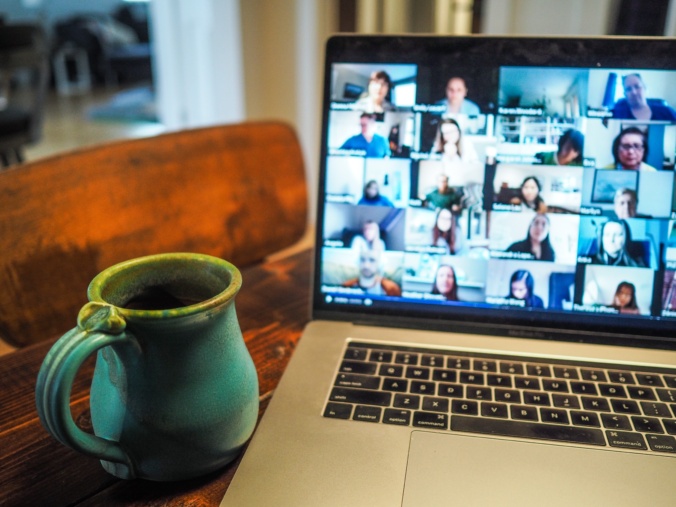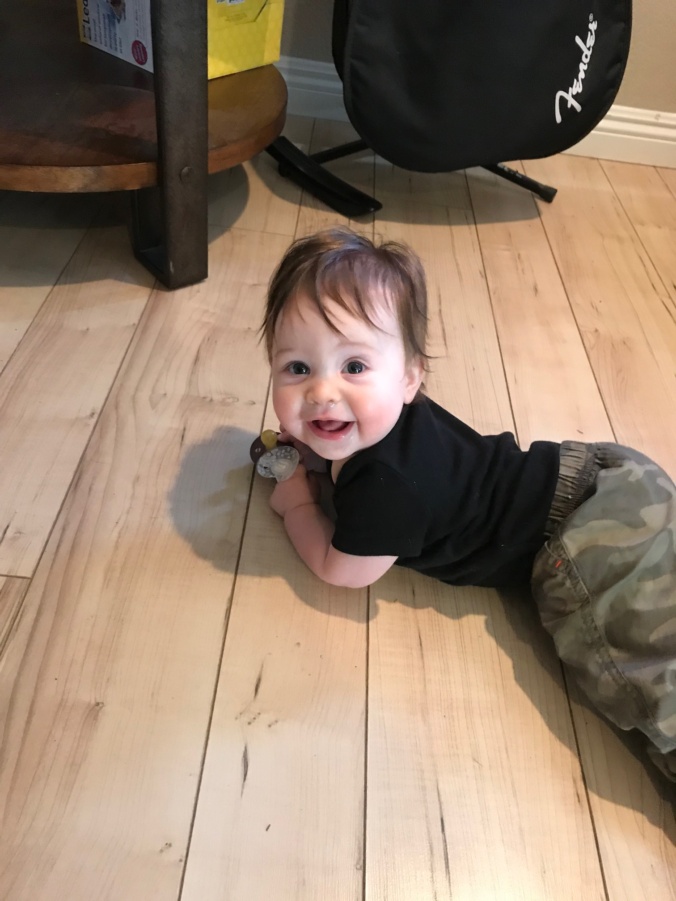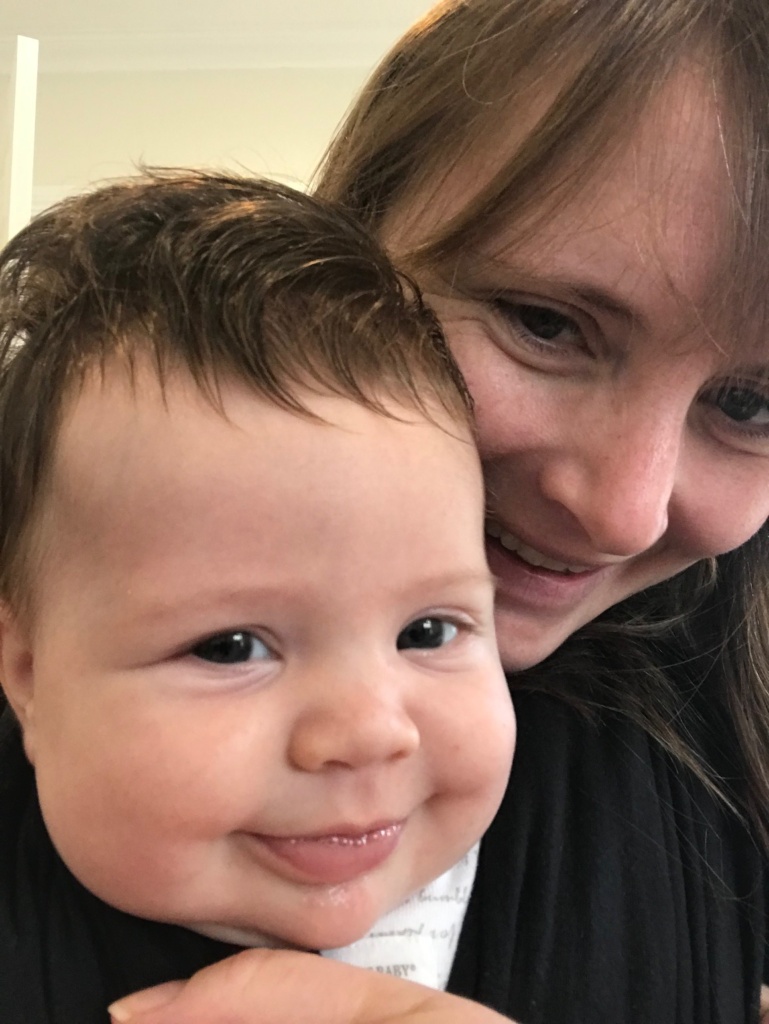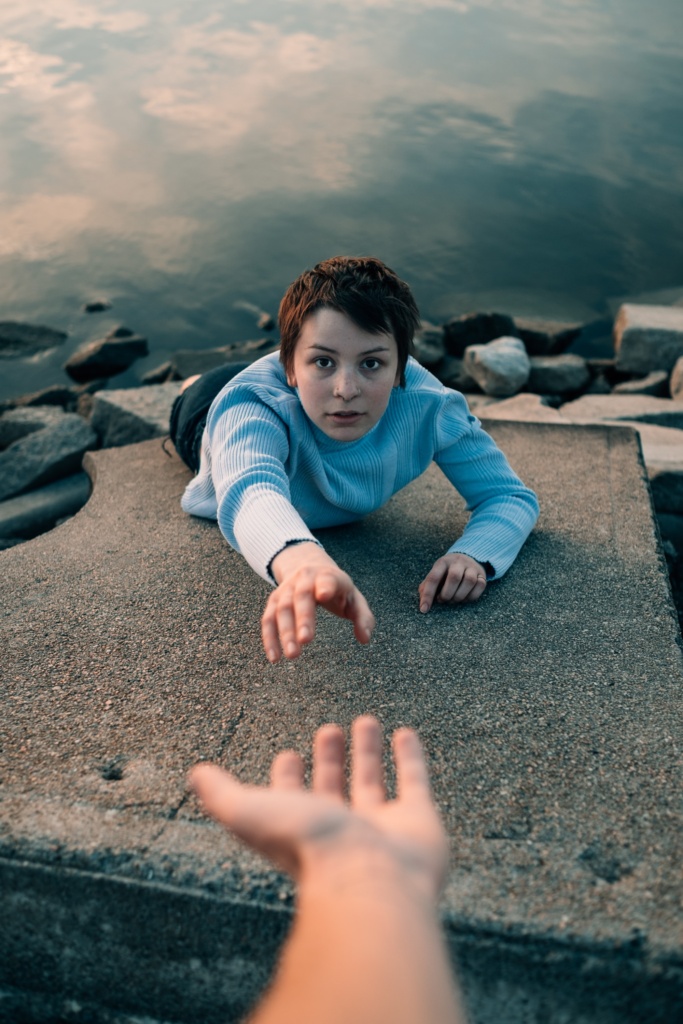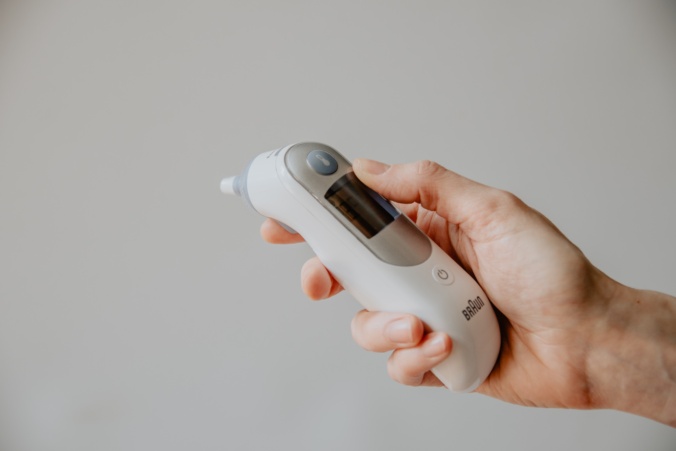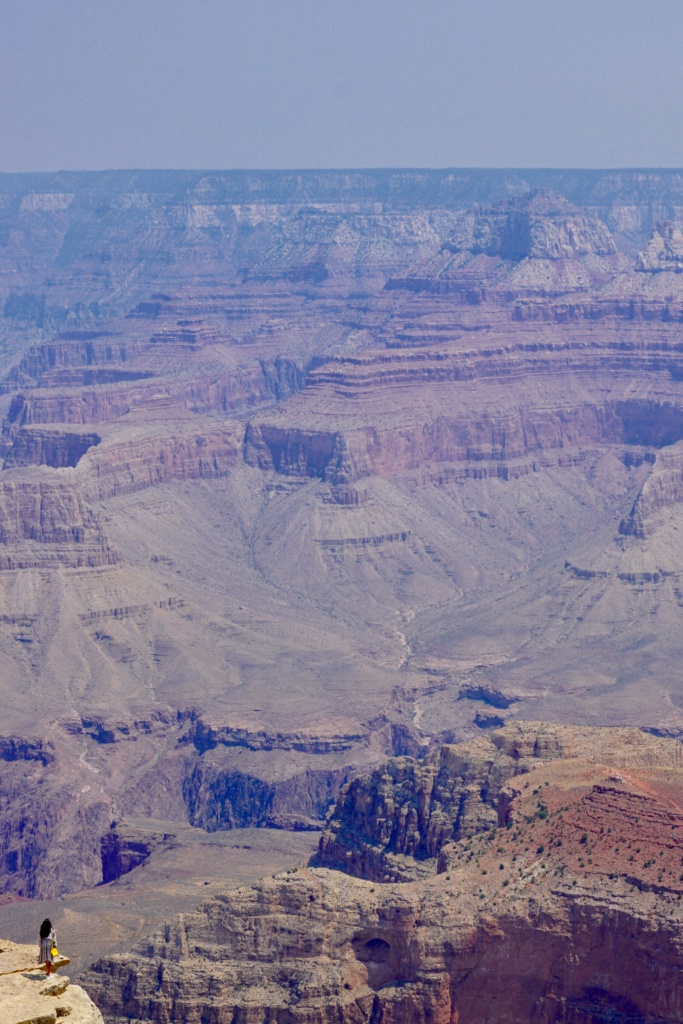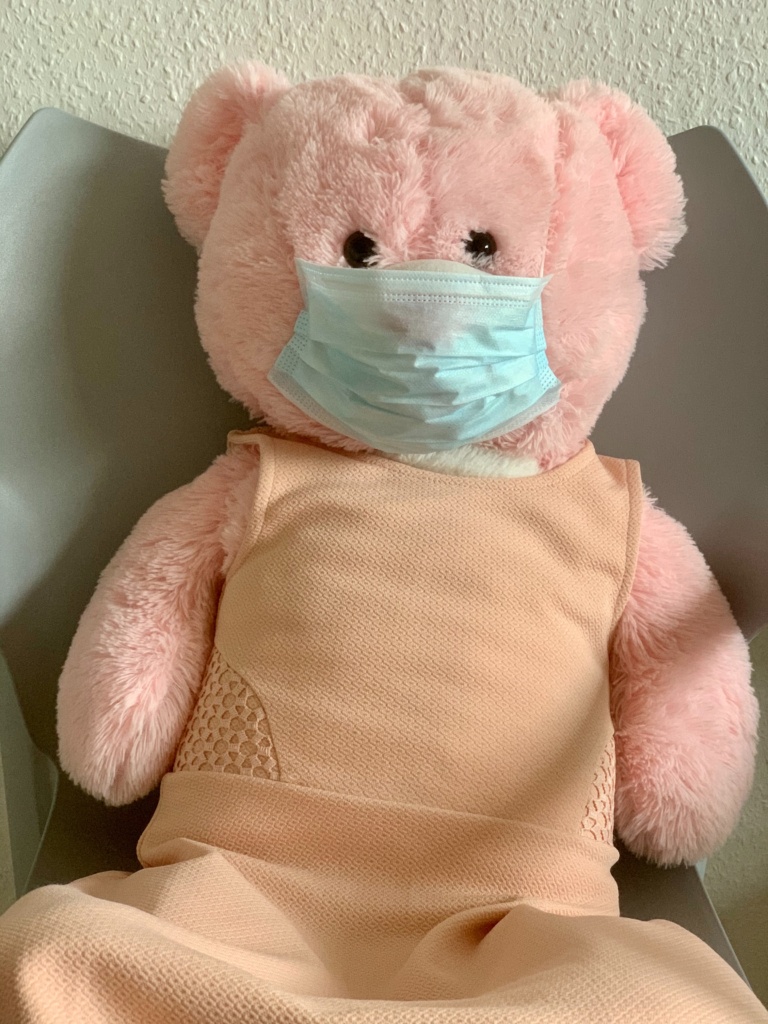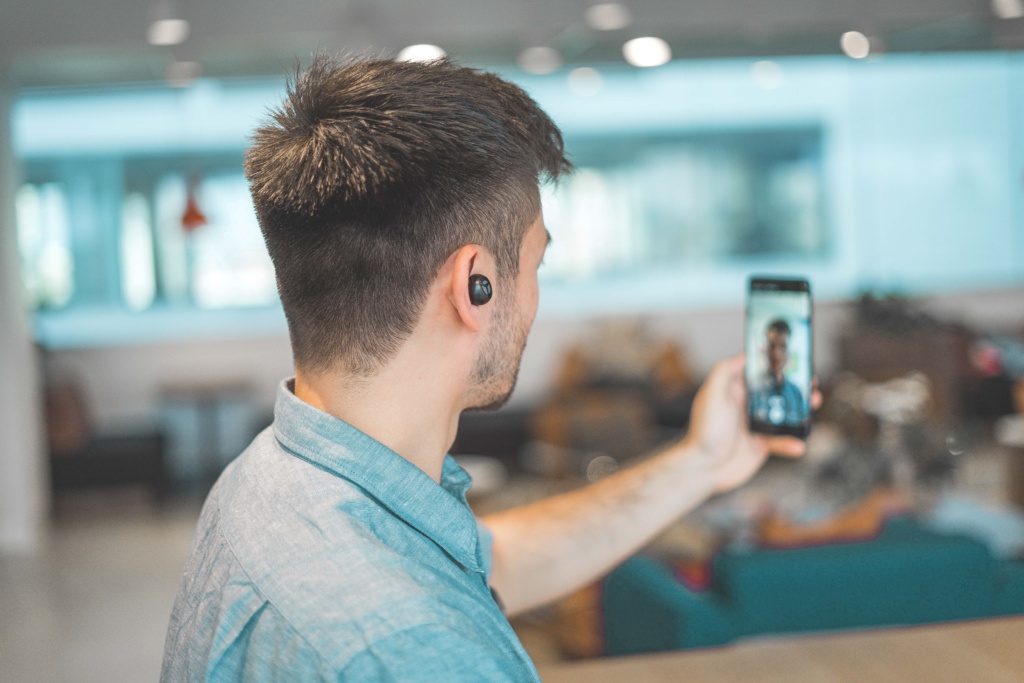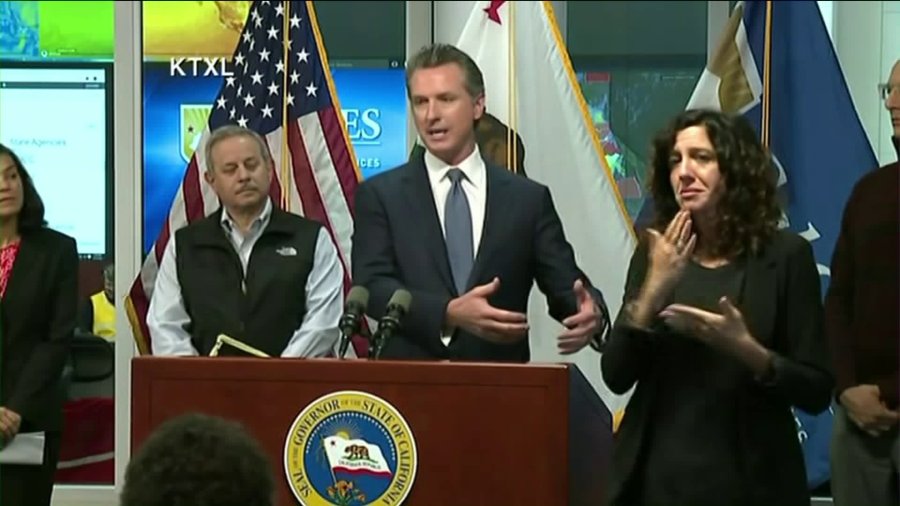As large organizations begin to repopulate following extended remote work due to COVID-19, many employees are questioning why it is necessary to return to the daily office environment. Telework has been a popular option for people, allowing them to spend more time with family and pets yet avoid time consuming commutes. Yet there is some resistance to a permanent telework environment, with managers questioning productivity and fearing the erosion of team bonding.
Some organizations are allowing for flexible, hybrid schedules that allow a sort of compromise. Where do emergency managers fall in the spectrum of employees that can perform their jobs effectively from home? If your organization allows a choice, should you take the opportunity to work from home or will it hurt your emergency management program?
As we see a shift toward continued remote work across progressive organizations, these are critical questions for current emergency managers who have enjoyed the work from home life as well as those considering emergency management careers.
Remote Response Coordination
As I wrote about during the height of the pandemic, emergency management coordination can be done remotely. With an array of technological tools at our fingertips, there is no reason that we can’t continue to practice remote coordination in a post-pandemic environment. Unlike our partners in police, fire or healthcare, our work does not involve physically interacting with the community. We would do well to keep our virtual EOC plans well exercised, because an emergency may very well happen while employees are at home. Virtual coordination can occur immediately, you don’t have to wait for people to drive into the EOC when roads may be compromised and precious minutes matter. Especially if a portion of your organization’s workforce will become permanently remote, this practice will be more crucial than ever.

Organizational Culture
It is ultimately very important for the emergency management program to mirror the organization’s culture. To reach our goal of embedding resilience in the DNA of our organizations, we must be willing to mold our programs to meet the existing needs of the people. If most employees in your organization will be in the office most days, it’s probably best for you to develop in person training, programming, and plans for in person EOC activations. If most of your organization will continue with remote work, then there is no reason that you should feel obligated to go into the office to ‘prove’ that you are essential. You should focus your time on developing online training and programming. While remote emergency response coordination can be done effectively, I have found a hybrid model to be challenging. If most of your EOC is in person but a handful of folks are remote, chances are those people are going to be left out of important conversations and will end up missing out on information they need.
Balance of Workload
One of the reasons I enjoy my career in Emergency Management is that it is not ‘just a desk job.’ After years of working in other office occupations, I dreaded the ‘butts in chairs’ model of being chained to a desk from 8-5 every week day for the rest of my life. I have always enjoyed the variety of our work—there is a good balance of independent desk work (i.e. writing and reviewing plans / procedures, designing training materials & presentations, using information management skills to track program analytics) and people work (delivering trainings / exercises, participating in community preparedness events, conducting planning meetings and/or site assessments). Both the introvert and extrovert skillsets are necessary, and they help to keep the job exciting. This is one of the reasons why I would argue that almost every emergency manager should work level of a hybrid schedule. I am personally very productive in my home environment where I can get to work quickly and without interruptions. But I very much miss the amplified value of delivering training in person and developing relationships with key partners. Zoom is a much better substitute for these relationship building activities than conference calls, but it will never provide quite the same level of familiarity as an in-person exchange.
One other consideration regarding workload is whether you have a team or if you are the only emergency manager for your jurisdiction. With a team, a hybrid work model can balance out concerns about having a constant emergency management physical presence just in case a disaster strikes. This can be done through alternating days of the week, or by having a ‘duty team’ alternating in person work weeks.
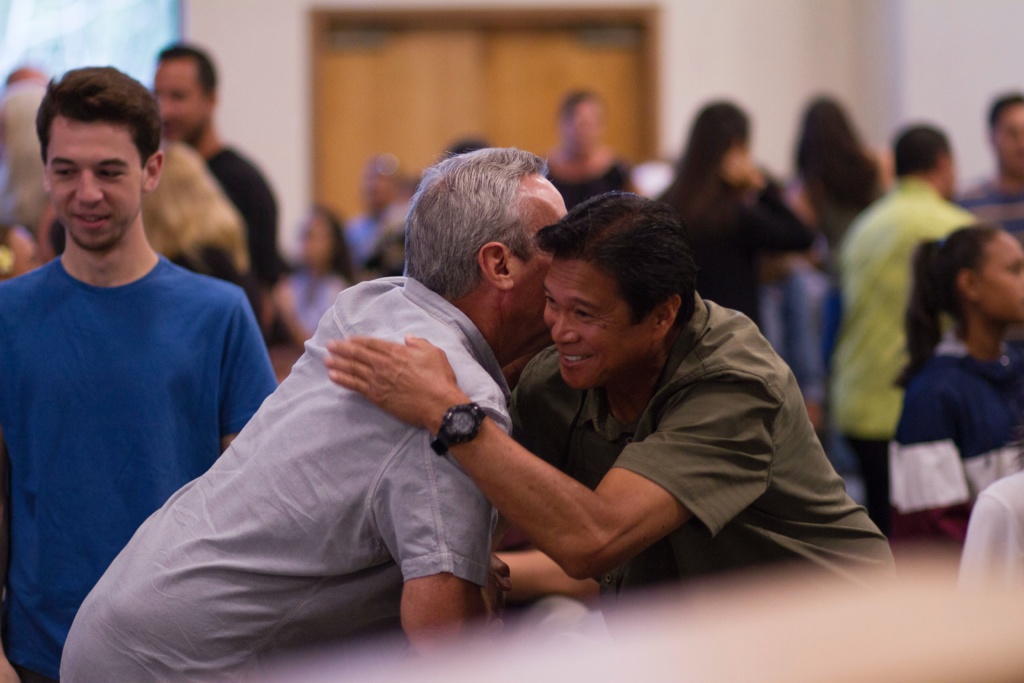
Relationships Are Key
This tried and true mantra of emergency management stands steadfast. Whether you are doing it in the flesh or through technology, you must prioritize effective working relationships with personnel in your organization and fellow emergency managers. The best way to build relationships and develop trust is in person. Going out to coffee, lunch or happy hour with colleagues can reinforce these relationships and is tough to do over zoom. As public health measures allow, it’s a good time to reconnect and build these interpersonal relationships. When it comes to meetings, I do think that the frequency in which we meet can be reduced from pre-pandemic times. Save your in-person meetings for longer events—workshops, conferences, or key training events that will include some element of socializing are the best use of your in-person time. Regular, business-oriented meetings can be more efficiently conducted over technology. If your work culture is shifting to mostly remote, schedule check in one-on-one zoom calls with colleagues and send personal emails periodically to replace some of the water cooler chat that you may have conducted in pre-pandemic times.
Geography of Your Jurisdiction
One factor to consider is the size and geography of your jurisdiction. As emergency managers, we have responsibility for being familiar with our areas and the various hazards associated with them. When I was working at a university, I made sure to get out of my office and visit other parts of campus so that I could learn the buildings and programs—even if it was just taking a walk on my lunch hour. It was important to get a feel for how many people were in each area at different times of day. While at the Southern Region of CalOES, I loved my many ‘field days’ which were devoted to building relationships by visiting counties / cities at their own EOC’s, conducting wildfire damage reconnaissance, and performing hazard assessments by physically acquainting myself with the situation. The need for periodic fieldwork won’t go away if you are working mostly remotely. Make sure to consider these needs when planning your schedule. If your jurisdiction covers a large geographical area, Zoom and other video conferencing technologies will continue to be good tools to maintain stakeholder relationships without forcing people to drive one hour each way regularly for a one-hour meeting.

Benefits of Remote Work
There are many societal benefits that can come from a conversion to mainly remote work besides employee satisfaction. Organizations continuing permanent remote work can save on the costs associated with utilities and facility space if it is leased or rented. The environmental burden of thousands of fossil fueled vehicles idling on freeways can be reduced if employees do not need to make synchronous long commutes. People do not have to endure long hours of sitting in traffic, which is known to raise stress levels. Instead, they can use the extra time in the day to promote their health through exercise, meal preparation or relaxation. From an emergency management perspective it also reduces the ‘in between time’ when the workforce is not at their homes or their offices—this would be the worst time for a large earthquake to strike, since it would be incredibly difficult to account for everyone and to get your EOC team together.
In Conclusion
There are a several factors to consider when planning for the ideal post-pandemic emergency management work model. At the end of the day emergency managers must remain nimble and adaptable. Unless you are a consultant who performs very technical emergency management work without a need for sustaining relationships, you should plan for some degree of in person working days. For those with large geographic areas, remote relationship building, and coordination will continue to be paramount. It is important to tailor your program to meet the needs of your organization’s culture, which may be undergoing significant post-pandemic shifts. Now is a very important time to tune in to your organization’s plans, the desires of your colleagues, and talk with your peers about their long-term work models.
